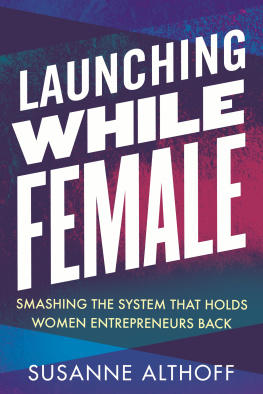Susanne Jonas - Of Centaurs and Doves: Guatemalas Peace Process
Here you can read online Susanne Jonas - Of Centaurs and Doves: Guatemalas Peace Process full text of the book (entire story) in english for free. Download pdf and epub, get meaning, cover and reviews about this ebook. year: 2018, publisher: Routledge, genre: Politics. Description of the work, (preface) as well as reviews are available. Best literature library LitArk.com created for fans of good reading and offers a wide selection of genres:
Romance novel
Science fiction
Adventure
Detective
Science
History
Home and family
Prose
Art
Politics
Computer
Non-fiction
Religion
Business
Children
Humor
Choose a favorite category and find really read worthwhile books. Enjoy immersion in the world of imagination, feel the emotions of the characters or learn something new for yourself, make an fascinating discovery.
- Book:Of Centaurs and Doves: Guatemalas Peace Process
- Author:
- Publisher:Routledge
- Genre:
- Year:2018
- Rating:3 / 5
- Favourites:Add to favourites
- Your mark:
- 60
- 1
- 2
- 3
- 4
- 5
Of Centaurs and Doves: Guatemalas Peace Process: summary, description and annotation
We offer to read an annotation, description, summary or preface (depends on what the author of the book "Of Centaurs and Doves: Guatemalas Peace Process" wrote himself). If you haven't found the necessary information about the book — write in the comments, we will try to find it.
Susanne Jonas: author's other books
Who wrote Of Centaurs and Doves: Guatemalas Peace Process? Find out the surname, the name of the author of the book and a list of all author's works by series.
Of Centaurs and Doves: Guatemalas Peace Process — read online for free the complete book (whole text) full work
Below is the text of the book, divided by pages. System saving the place of the last page read, allows you to conveniently read the book "Of Centaurs and Doves: Guatemalas Peace Process" online for free, without having to search again every time where you left off. Put a bookmark, and you can go to the page where you finished reading at any time.
Font size:
Interval:
Bookmark:
University of California at Santa Cruz

711 Third Avenue, New York, NY 10017, USA
2 Park Square, Milton Park, Abingdon, Oxon OX14 4RN
Product or corporate names may be trademarks or registered trademarks, and are used only for identification and explanation without intent to infringe.
Of centaurs and doves: Guatemalas peace process /Susanne Jonas.
p. cm.
Includes bibliographical references and index.
ISBN 0-8133-3467-5 (hc)ISBN 0-8133-3468-3 (pb)
1. GuatemalaPolitics and government1985 2. NegotiationGuatemalaHistory.
3. GuatemalaRelationsUnited States. 4. United StatesRelationsGuatemala.
5. Human rightsGuatemalaHistory. I. Title.
F1466.7 .J66 2000
972.81053dc21

I will descend the depths you show me.
I will drink from your bitter chalices.
I will remain blind, so that you may see
I will remain voiceless so that you may sing
I must die so that you may live....
Now I want to walk with you in lightning step.
To accompany you on your journey, because I am a man
of the people, born in October to face the world...
When I say your name, I return to life.
I arise from a flood of tears in search of your smile...
Guatemalan poet Otto Ren Castillo, 1965
- vi
Font size:
Interval:
Bookmark:
Similar books «Of Centaurs and Doves: Guatemalas Peace Process»
Look at similar books to Of Centaurs and Doves: Guatemalas Peace Process. We have selected literature similar in name and meaning in the hope of providing readers with more options to find new, interesting, not yet read works.
Discussion, reviews of the book Of Centaurs and Doves: Guatemalas Peace Process and just readers' own opinions. Leave your comments, write what you think about the work, its meaning or the main characters. Specify what exactly you liked and what you didn't like, and why you think so.












